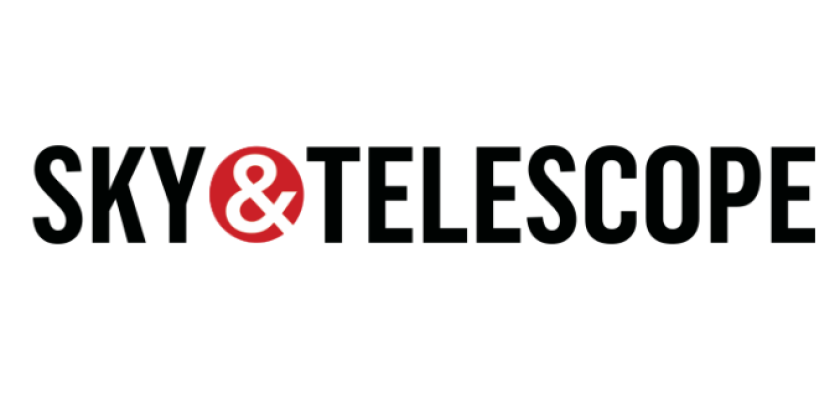Quantum Network Mapping Method Inspired by Nature
DOI: 10.1063/10.0039453

Quantum Network Mapping Method Inspired by Nature lead image
Just as cartography is essential for mapping physical terrain, framing the topography of quantum networks is critical for characterizing a complex world. These networks consist of interconnected quantum systems — qubits — sharing information. Most analysis methods, however, involve direct measurement, which is not always possible given the constraints of the physical systems.
In contrast to existing quantum topography-gauging processes that require direct network access, Campbell et al. explored the use of external probes for modeling these complex quantum systems.
“Instead of looking at the network itself, we attach an external probe,” said author Conall Campbell. “The evolution of the network depends on the hidden structure, so by carefully measuring the probe, which interacts with the network and has gathered information on its dynamics, we can work backwards to reconstruct the whole network.”
Using a genetic algorithm, the researchers found they could reconstruct any network topology given sufficient computational resources. The probe features an excitation injection into a network node with an attached external sink to another, with the excitation crossing the network to decay into the sink, providing data on the underlying network topology.
With enough computing power, the team believes the method scales reliably, even for larger networks, and reconstruction can be modified simply by probing different nodes to reduce required computational power.
“This is a computer method inspired by evolution and biology,” said Campbell. “The probing procedure is inspired by a real mechanism that occurs in photosynthesis. And just like in nature, where species gradually adapt through selection and mutation, our algorithm tries many possible network topologies, keeps the best guesses, mixes them, and slowly evolves toward the right answer.”
Source: “Inferring quantum network topologies using genetic optimisation of indirect measurements,” by Conall J. Campbell, Matthew Mackinnon, Mauro Paternostro, and Diana A. Chisholm, AVS Quantum Science (2025). The article can be accessed at https://doi.org/10.1116/5.0287733

